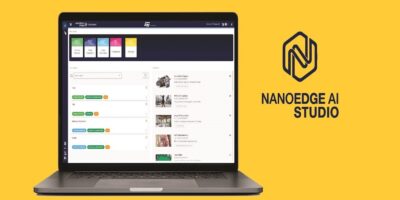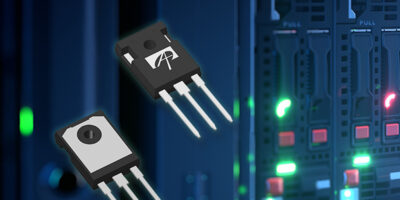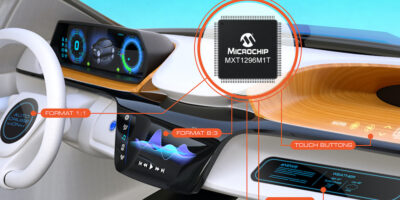The shift of artificial intelligence (AI) capabilities from the cloud to the edge has given rise to this new version of NanoEdge AI Studio from STMicroelectronics to help simplify the creation of machine learning, anomaly learning, detection and classification on any STM32 microcontroller. This new release also includes prediction capabilities such as regression and outliers libraries. The tool, says the company, makes it easier for users to integrate such machine-learning capabilities quickly, easily and cost-effectively into their equipment. It emphasises that no data-science expertise is needed. There is improved support for anomaly detection, which ST says is particularly useful for predictive maintenance to anticipate wear-and-tear phenomena or to better deal with equipment obsolescence.
Adding native support for all STM32 development boards, ST has also eliminated the need to write code for its industrial-grade sensors with new high-speed data acquisition and management capabilities.
Regression algorithms have been added to extrapolate data and predict future data patterns for energy management or forecasting remaining life of equipment.
Applications include connected devices, household appliances and industrial automation.
Steve Peguet, scientific director, innovation department of Alten Group, an international technology consulting and engineering company, said: “We had the opportunity to use NanoEdge AI Studio with one of our major aerospace customers. For machine drilling during the manufacture of expensive parts, where a worn drill-bit or the slightest anomaly can have significant consequences, Alten used NanoEdge AI Studio to integrate Machine-Learning algorithms into the drilling equipment. The solution tested on a production line was so effective that Alten has launched a practice around this technology to support its customers and to industrialise these first results to deploy a disruptive solution of drilling tools prescriptive maintenance in their factories.”
Deepak Arora, president and chief executive officer of Wearable Technologies Inc, said: “To protect our loved ones so that they can have a healthy and fulfilling life, NanoEdge AI is empowering us to reduce the machine-learning development time for our next-generation personal-safety devices. AI running at the edge on our devices will allow us to make informed decisions promptly with higher accuracy and reduced false-positives.”
Go to https://www.st.com







